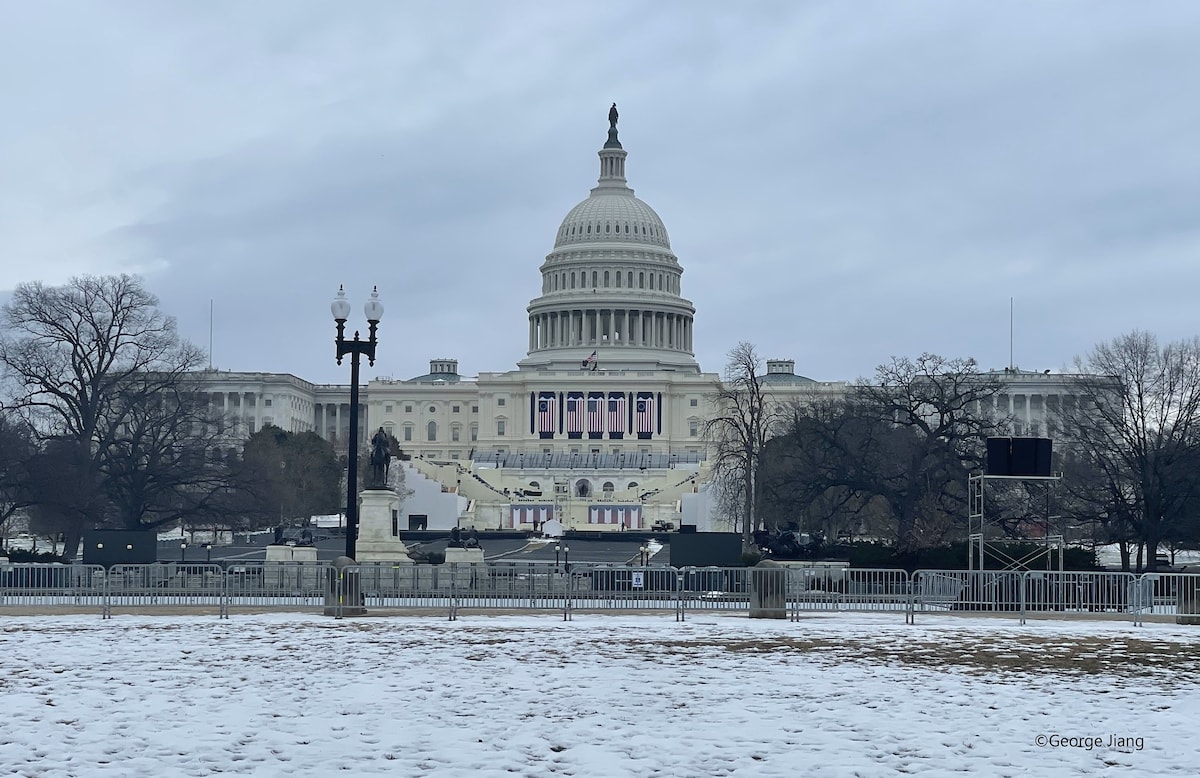
Washington D.C.'s weather can be quite the rollercoaster. Did you know that the city experiences all four seasons in full swing? Summers can get hot and humid, with temperatures often climbing above 90°F. Winters bring chilly winds and occasional snow, making the capital a winter wonderland at times. Spring and fall offer a mix of mild temperatures and colorful landscapes, perfect for outdoor activities. Rainfall is fairly consistent throughout the year, averaging around 40 inches annually. Thunderstorms are common in summer, adding a dramatic flair to the warm months. Fog can also roll in, especially in the fall, creating a mysterious atmosphere around the monuments. Understanding these weather patterns can help you plan your visit or daily activities better.
Washington D.C.'s Weather: A Mix of Extremes
Washington D.C. is known for its rich history, iconic landmarks, and political significance. But did you know that its weather is just as fascinating? Let's dive into some intriguing facts about the climate in the nation's capital.
Seasonal Variations
Washington D.C. experiences all four seasons, each bringing its own unique weather patterns. Here are some interesting facts about the seasonal changes.
-
Spring Blossoms: The city's famous cherry blossoms usually bloom in late March or early April, attracting thousands of visitors. The National Cherry Blossom Festival celebrates this beautiful event.
-
Summer Heat: Summers can be hot and humid, with temperatures often reaching the high 80s and 90s (Fahrenheit). July is typically the hottest month.
-
Autumn Colors: Fall brings cooler temperatures and stunning foliage. The city's many parks and tree-lined streets turn vibrant shades of red, orange, and yellow.
-
Winter Chill: Winters are generally cold, with January being the coldest month. Snowfall varies each year, but the city averages about 15 inches of snow annually.
Record-Breaking Weather
Washington D.C. has seen some extreme weather events over the years. Here are a few record-breaking facts.
-
Hottest Day: The highest temperature ever recorded in D.C. was 106°F on July 20, 1930.
-
Coldest Day: The coldest temperature recorded was -15°F on February 11, 1899.
-
Snowiest Winter: The winter of 2009-2010, known as "Snowmageddon," brought a record-breaking 56.1 inches of snow.
-
Wettest Year: In 2018, D.C. experienced its wettest year on record with 66.28 inches of rainfall.
Weather Phenomena
The city's weather is influenced by various atmospheric conditions. Here are some fascinating phenomena that affect Washington D.C.
-
Thunderstorms: Summer thunderstorms are common, often bringing heavy rain, lightning, and occasionally hail. These storms can cause flash flooding in low-lying areas.
-
Hurricanes: While not as frequent as in coastal areas, hurricanes and tropical storms can still impact D.C. Hurricane Isabel in 2003 caused significant flooding and damage.
-
Fog: The city experiences foggy conditions, especially in the fall and winter. Fog can reduce visibility and make driving hazardous.
-
Temperature Swings: D.C. can experience rapid temperature changes, especially in the spring and fall. It's not uncommon for temperatures to swing 20-30 degrees in a single day.
Climate Change Impact
Like many places, Washington D.C. is feeling the effects of climate change. Here are some ways it's impacting the city's weather.
-
Rising Temperatures: Average temperatures in D.C. have been rising over the past few decades. This trend is expected to continue, leading to hotter summers and milder winters.
-
Increased Rainfall: Climate change is contributing to more intense and frequent rainfall events. This can lead to increased flooding and water management challenges.
-
Longer Allergy Seasons: Warmer temperatures and higher levels of carbon dioxide are causing longer and more intense allergy seasons. This can be particularly challenging for residents with respiratory issues.
Final Thoughts on Washington D.C.'s Weather
Washington D.C.'s weather is a mix of surprises and extremes. Summers can be hot and humid, while winters bring chilly temperatures and occasional snow. Spring and fall offer a pleasant break with milder conditions. The city gets an average of 40 inches of rain each year, making it essential to keep an umbrella handy. Thunderstorms are common in summer, adding a dramatic flair to the season. Despite the varied weather, D.C. remains a vibrant place to visit or live. Understanding these weather patterns helps residents and tourists alike prepare for whatever Mother Nature throws their way. Whether you're planning a trip or just curious, knowing these facts about D.C.'s weather can make your experience more enjoyable. Stay informed, stay prepared, and enjoy all that Washington D.C. has to offer, rain or shine.
Was this page helpful?
Our commitment to delivering trustworthy and engaging content is at the heart of what we do. Each fact on our site is contributed by real users like you, bringing a wealth of diverse insights and information. To ensure the highest standards of accuracy and reliability, our dedicated editors meticulously review each submission. This process guarantees that the facts we share are not only fascinating but also credible. Trust in our commitment to quality and authenticity as you explore and learn with us.
